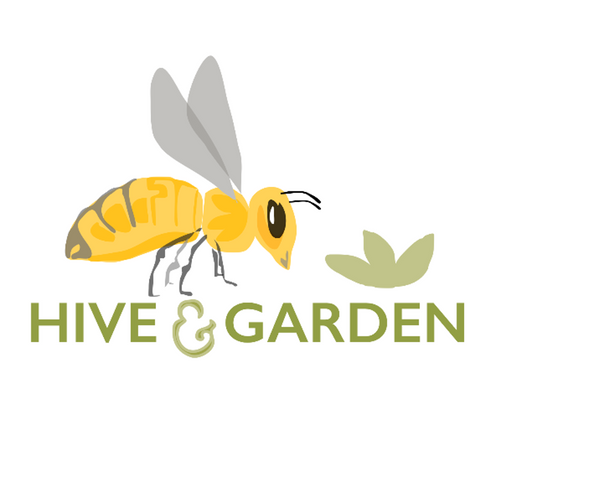Mason Bees
Share
Mason bees are native, solitary, stingless bees who have earned a reputation as one of the hardest working pollinators. They are known as “mason” bees because of the mud they use to encapsulate their pollen covered larvae. Here we will explore the bees as a species, their life cycle, how they work, and how best to care for and assist them.
They are known as a solitary bee because every female is a queen, and other than mating with a male they work independently to pollinate and lay their eggs. This is unlike the social honey bee, who depend on a complex social structure to grow their collective hive. On a broader scale, a cocoon will hatch earlier in the season than other pollinators, at around 55 degrees fahrenheit. From there they have approximately a four to six week life span, in which they will fill up about two tube shaped dwellings containing about 6-10 eggs per tube, and then die. The female eggs are laid in the back and the males in the front. The males will emerge first, forage for sustenance, and then mate with the females as they emerge. And then they die. The ratio of male to female cocoons in a tube is around 40:60, but can vary substantially. We sell cocoons in a 40:60 ratio as it matches their natural sex ratio.
The mated females search for small, deep holes to live and reproduce in, around 5/16 of an inch round. They prefer their native nest, but look elsewhere if necessary. A wooden mason bee house can hold either blocks, reeds, or tubes with liners to contain them while protecting them from the elements.
Depending on the local climate, the larvae will become a fully developed cocoon around August, which will then hibernate over the winter and emerge in the Spring. Because they are subsisting off of their own body fat over the winter, we do a few things to help them survive. We will harvest the cocoons in the fall, which gives us a chance to clean the cocoons, as well as the blocks or tubes that may have been compromised by parasitic mites, parasitic wasps, or a fungal disease, called chalk brood. They will still survive without us doing this, but may not reach their full reproductive potential, or potentially die. We then store the cocoons in a climate controlled environment to ensure they are at a consistent temperature and humidity, and do not emerge too soon (from an odd few warm days in very early Spring, for example), and not have any pollen or nectar to forage. This is why timing is important when putting out your cocoons. We like to keep an eye around our garden for buds on flowers so we can time it for when the cocoons will hatch, ensuring there is plenty of forage around. This is also why we sell many of our cocoons in the winter, because if you want to start keeping these bees too late in the Spring they will not be able to thrive and have missed prime pollinating time.
So why have they earned a reputation as one of the hardest working pollinators? To put it in perspective, in a one acre orchard, you would need between one and the honeybee hives, each containing 30-50 thousand honeybees. However, you would only need a few hundred mason bees. They are able to achieve this because of their very industrious, starting early in the day and finishing late. And they are very quick at pollinating, and arguably less fastidious than a honey bee. Honey bees will carefully collect the pollen on their hind legs (hence the, “pollen pants” you may see) to return it to the hive, whereas a mason bee will dive into a flower, roll around and move on, losing a fair bit of pollen in the process. Both will pollinate the flower, but a honey bee working in this style would not be very productive for their collective hive. Because the female mason bee is solitary this is less of a problem, and they are more than able to collect enough pollen to lay their eggs in. In one trip a mason bee will pollinate approximately 75 flowers. They require about a pea sized ball of pollen to lay in, which requires visiting around 1,875 flowers, found in their approximate 300 foot pollination range. So for each tube it becomes a pattern of mud, a “pea” of pollen containing their larvae, followed by more mud to seal it up.
Mason bees are a docile and hard working bee that are great to keep on their own or in tandem with honeybees. They are native pollinators, and much like honeybees their habitat has been threatened by over development, disease and threats such as parasitic wasps. Providing a home and caring for these bees ensures not only a well pollinated garden but an opportunity to watch their hard work, assist in their delicate life cycles and help them thrive and survive as a species.
